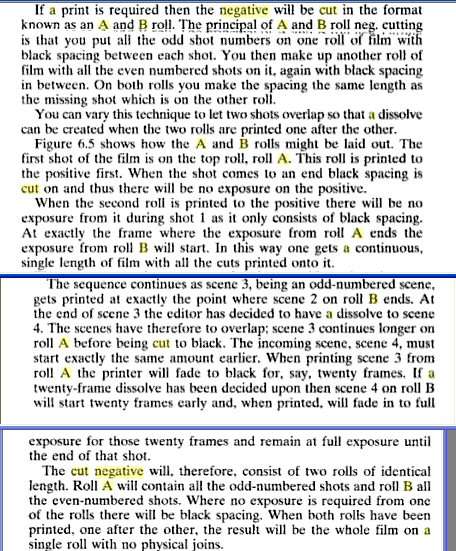I have used screengrabs to illustrate the procedures used to convert the original negative into a brand new internegative without effecting the configuration of the original negative.
Here is the original O-neg, untouched and unaltered since 1977.
It is composed of Original camera negative(OCN Live) pieces and optical composites(Optical Neg).
*note some of the OCN pieces are in great shape-----others not so good---hence the use of the term "deteriorated".

It is disassembled into the differing film stocks and washed.

Once washed it is re-assembled and graded(using Lucas's personal technicolor print)
The grading allows a brand new 1st generation Interpositive print(IP) to be struck from this cleaned O-Neg:
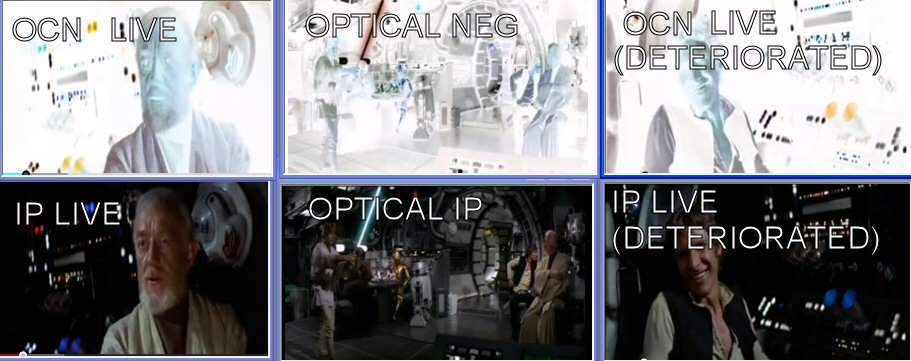
This IP is then disassembled:

The shots which featured optical composites are removed from the IP:

Now the original camera negatives that were used to create the opticals in 1977 are retrieved from the archives---for our example:
The original camera negative of Luke holding an as yet unpictured saber:
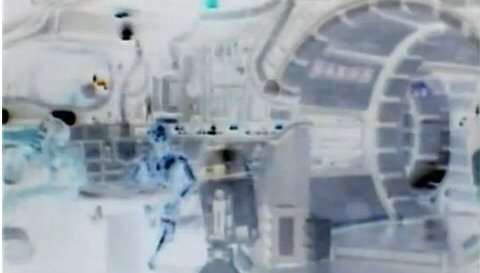
And the Original negative which featured an animated glow:
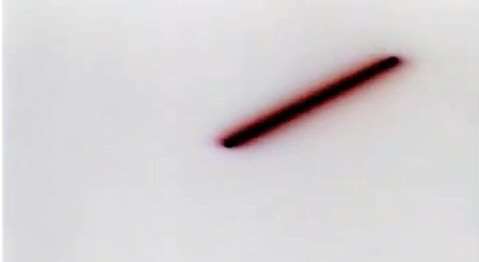
Both of these 2 pieces are scanned at 2048 x 1080 into a computer where they are converted into effective positives.They are then superimposed(rotoscoped) to create a new digital composite that does not exhibit the degradation that is associated with traditional photochemichal opticals(such as the one just removed from our freshly struck IP):
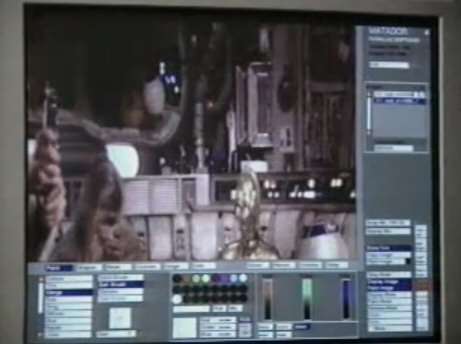
This digital composite is then converted back to negative and scanned out to film(it will be inserted into the new master internegative):
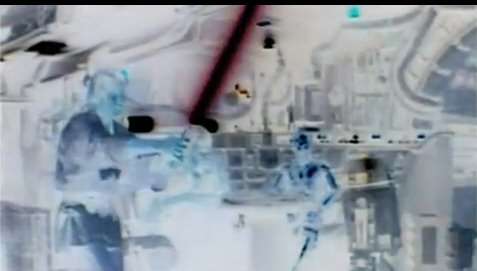
Parts of the new Interpositive print which contain deteriorated footage:

...... are also excised.
An equivalent frame is extracted from(most likely) an eastern european theatrical IP print(made in the late 1980's).
It is scanned at 2048 x 1080 into a computer.It is degrained and digitally cleaned up:
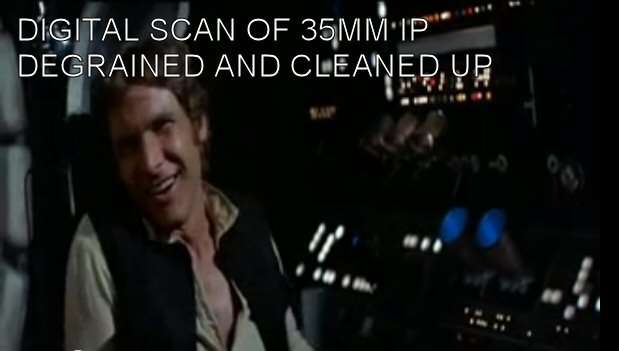
It is then converted to negative and scanned back out to film:
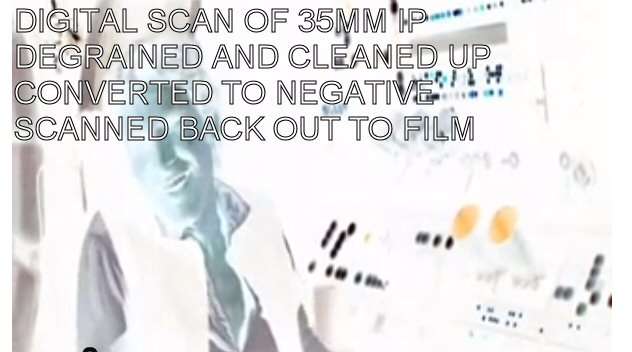
All the good material that is left on the interpositive:

Is now converted to a new master internegative:

The new negative digital composites and cleaned up 35mm negatives(that were sourced from those eastern european theatrical IP's) are inserted Into this new master internegative:

This new internegative will then be used to create theatrical IP's for the january 1997 re-release.
